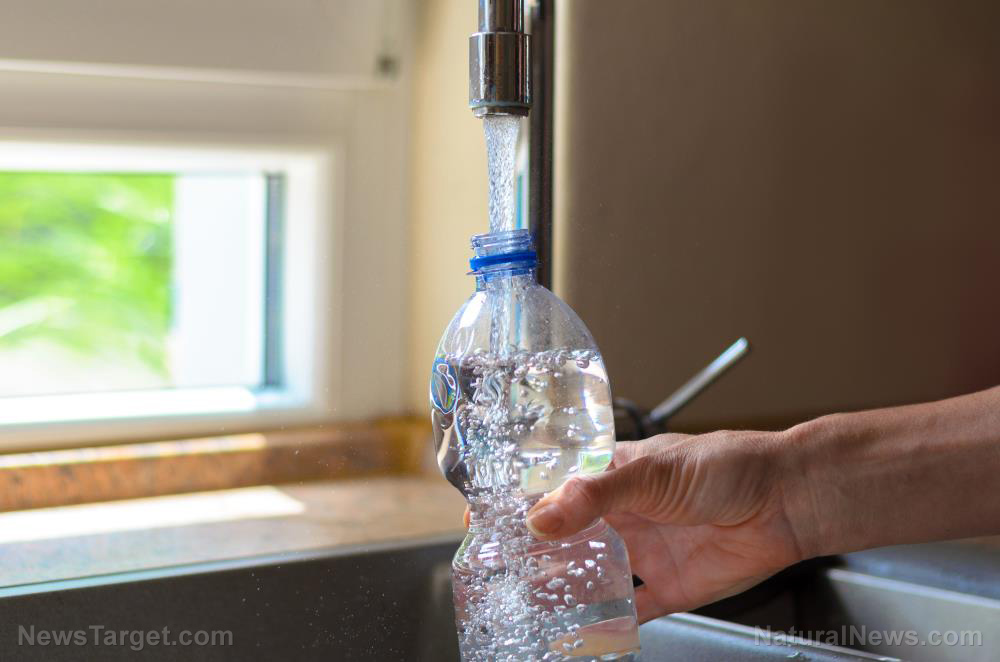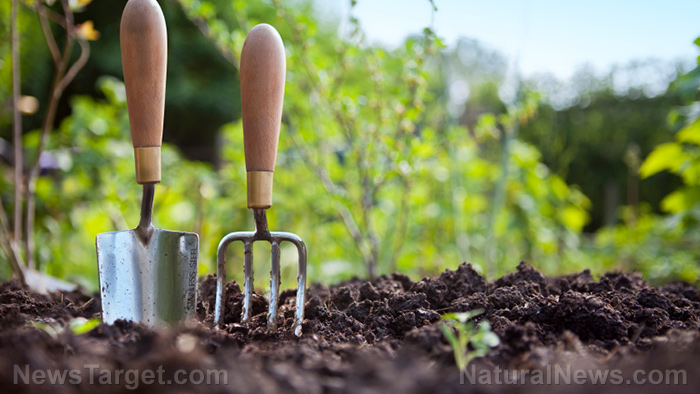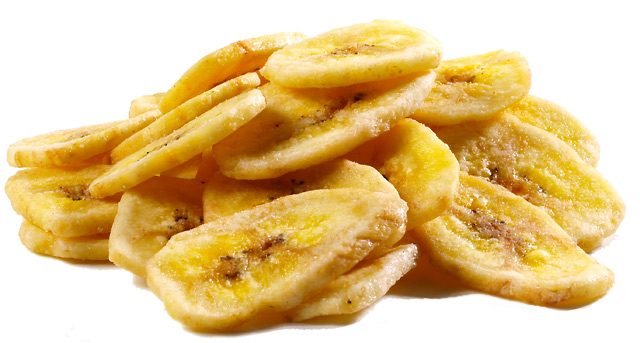Prepping 101: Emergency water storage for beginners
05/10/2021 / By Virgilio Marin

Storing an emergency water supply prepares you for scenarios in which access to water is restricted. In order to be prepared, you need to keep an adequate supply not only for your family’s drinking needs but also for sanitation, cooking, cleaning and the like. This will require food-grade water containers, as well as a backup plan, should a survival situation last longer than you stockpiled for. (h/t to UrbanSurvivalSite.com)
Estimating water needs
The Centers for Disease Control and Prevention recommends storing at least three gallons of water per person for drinking and sanitation. Ideally, you should store a two-week supply, but you can opt for a week’s worth of emergency water if you’re constrained by limited space or whatnot.
On top of this, you should also store extra water supplies for cleaning and cooking. Take a look at the following:
- Cooking – Store one quart a day per person. This is assuming that you’re only cooking recipes that include water as part of the dish, such as soups and stews.
- Washing dishes – Store three gallons per week. This is assuming that you do dishes by hand thrice a day.
- Laundry – Store six gallons per week. This is assuming that you wash dirty clothes by hand once a week.
- General clean-up – Store half a gallon per day.
In total, you need to set aside around 37 gallons of emergency water per person per week. This boils down to a bit over seven gallons per person a day. If this seems more than you’re capable of storing, you can bring your water needs down by practicing water conservation.
For instance, you can use disposable paper plates and utensils to save water you’d otherwise use for dishwashing. Also, avoid cooking dishes that require a lot of water during food preparation. Limit cooking foods like pasta and focus your survival stockpile on foods that are quick and easy to prepare.
Estimating the duration of SHTF
Power outages pose the biggest and most realistic threat to local water supplies. On average, a community experiencing a blackout due to a natural disaster is without electricity for as much as two to five days. In extreme cases, a power outage can last for weeks or even months.
In a prolonged disaster scenario, your best bet is to obtain water from nearby sources, such as ponds and rivers. There are several ways to purify water to make it safe for drinking. Incorporate water purification into your survival plan to be prepared for long-term SHTF scenarios. (Related: Survival essentials: Tips for long-term water storage.)
Water storage tips to keep in mind
Securing enough water supplies for your family is just one aspect of emergency water storage. Here are a few more reminders when storing water at home:
- Purify before storing. If you’re siphoning water off natural sources, make sure to purify the water before drinking.
- Use food-grade containers. Some water bottles shed chemicals when used for a long time, which can contaminate the water inside. Invest in containers that are approved by regulators and contact manufacturers if you’re not certain if a product is food-grade.
- Secure storage space. A week’s worth of emergency water supply takes a lot of space, so you need to be creative when it comes to water storage.
- Test water quality. Purchase a testing kit so you can test the water quality before storing and when you’re about to drink your supply.
- Find a way to transport your water. Water stored in big containers will require heavy lifting, especially when stored in the basement.
- Store grey water safely. Grey water is used water from your bathroom sink, shower, bathtub and washing machine. It has not come into contact with human waste and can be used to flush the toilet, among other things.
Storing an emergency water supply requires a good deal of preparation. Follow the guide detailed here when drawing up a survival plan.
Sources include:
Tagged Under: blackout, clean water, emergency water supply, food grade containers, homesteading, how-to, hydration, Power Outage, preparedness, prepper, prepping, sanitation, SHTF, stockpiling, Storage, survival, survival gear, survival stockpile, survival supply, survivalist, tips, water, water containers, water filters, water quality, water storage, water supply
RECENT NEWS & ARTICLES
COPYRIGHT © 2017 PREPAREDNESS NEWS



















